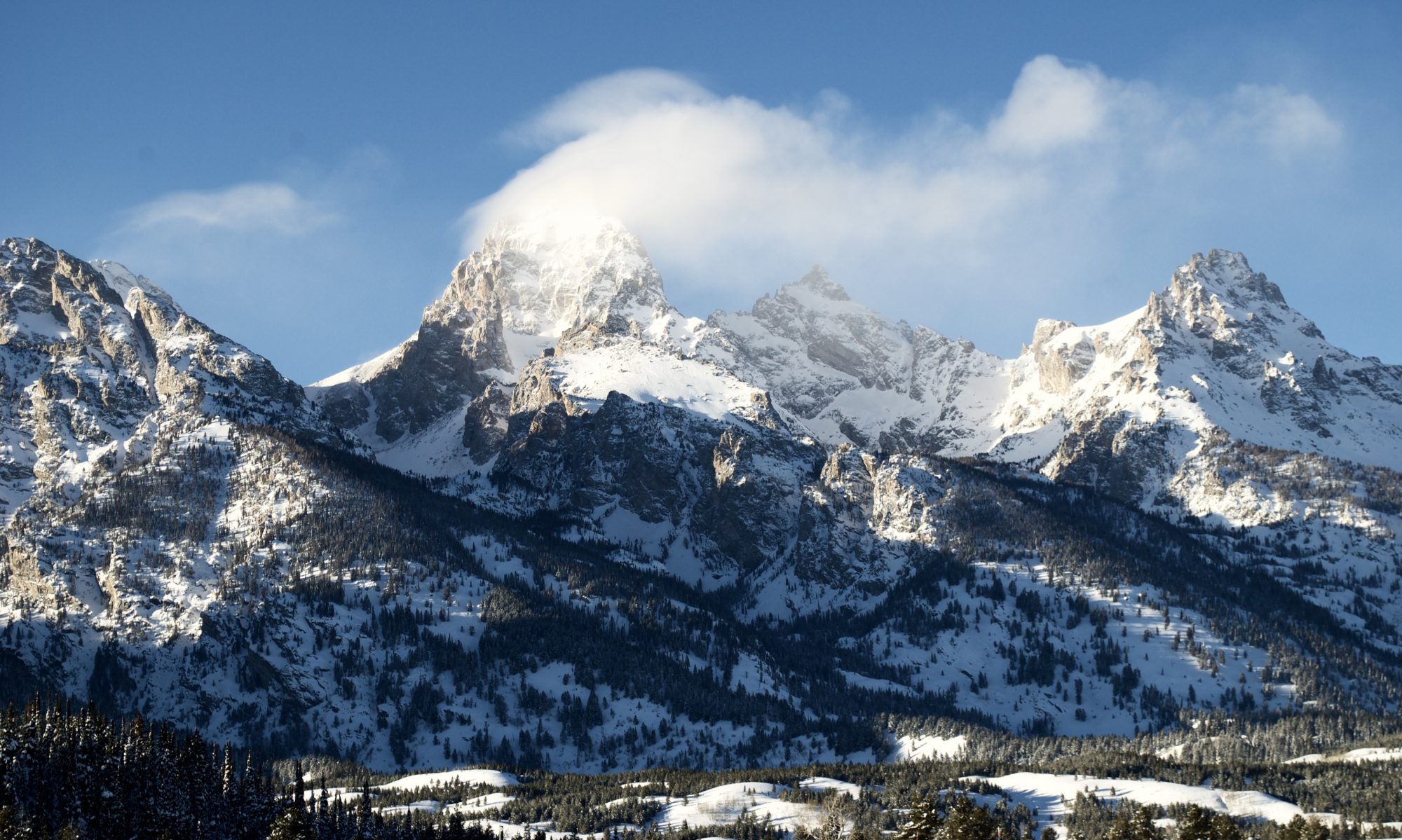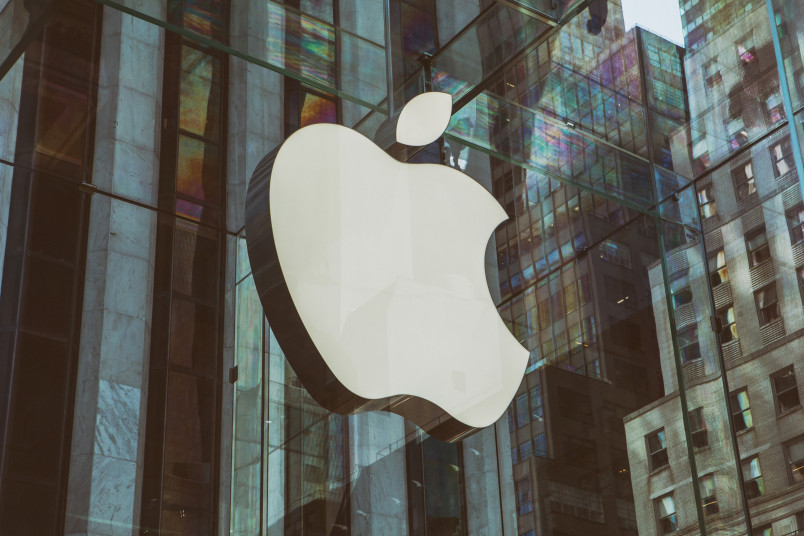
The Lower Fox River Basin is located in the northeastern part of the state which includes Brown, Calumet, Outagamie, and Winnebago counties. The rivers basin empties 6,349 square miles of water northeast to the Bay of Green Bay which then empties into Lake Michigan, which is surrounded by large industrial, commercial, agricultural, and urban areas. This creates many nonpoint sources that greatly affect the water quality.
The Fox River Appleton Watershed holds 39 square miles of land that include the city of Appleton. Much of the land contains glacial deposits as a result from the WI Ice Age that happened over 10,000 years ago. The soil is rich with remains of limestone. The land’s natural habitat once had prairie, oak, savanna, and maple-basswood forests. Much has changed over the years because of human practices, the forests have lost density and agriculture has decreased. In the 1600’s Europeans used the Fox River for fur trading, fishing, crop maintenance, and transportation. People began to settle in Green Bay and then along the river where a large timber industry began, which led to larger industries and urbanization.Within the last century an extremely large amount of raw waste was running into the river. In 1931 Green Bay formed a Metropolitan Sewage District and its first sewage treatment plant. The Federal Clean Water Act began in 1972 to help limit pollution. WI then created its own Pollution Discharge Elimination System, which required businesses to reduce their organic waste that runs into the river.Now the water is known as a warm river with impaired water conditions. There are advisories of fish consumption since 1976 because of PCB’s that settled along the riverbed. Various programs that cost millions of dollars are working together to restore the Fox River. NCR Corp. and Sonoco- U.S. Mills spent about $30 million on a project that removed 130,000 cubic yards of PCB-contaminated sediment.
Within the watershed lies 100.87 acres of the Fox River Lock Channel-Appleton, it is located within the Fox River and the Plum and Kankapot Creeks. Agriculture takes up most of the watershed use with a high of 64.15% while residential use is 12.56% and forests use is 7.92%. The watershed has a “high” level of groundwater and streams.

There have been many monitoring projects within the Fox River Lock Channel-Appleton. After looking at the most recent reported data in July of 2002, I discovered that out of the water collected 80% was sand, 71% silt, and 21% clay. There were also reports of 129000.0 UG/G dry of organic total carbon, 93.0 UG/G dry of PCB 1242, while many additional results were reported to have been insufficient sample, reports approximate. Much of this data was received by gathering physical, chemical, and biological data from the habitat. There are 6 point (known) flows of discharge into the river. The Appleton City, Heart of the Valley Sewerage District, Anchor Foods, Foremost Farms USA, and Thilmany International Paper are all known discharges. The Fox River Watershed may now be selected as a “priority” by the WI Nonpoint Source Pollution Abatement Program. There are also plans under way by the WI Administrative Code NR 121 to help protect the water quality. There have been a variety of grants offered to restore the different areas of the Fox River watershed. The most recent proposed project is to hire a County Aquatic Invasives Coordinator. These projects encourage improvements of the Fox River Basin and its habitat in the future.
Lower Fox River Basin – WDNR.









